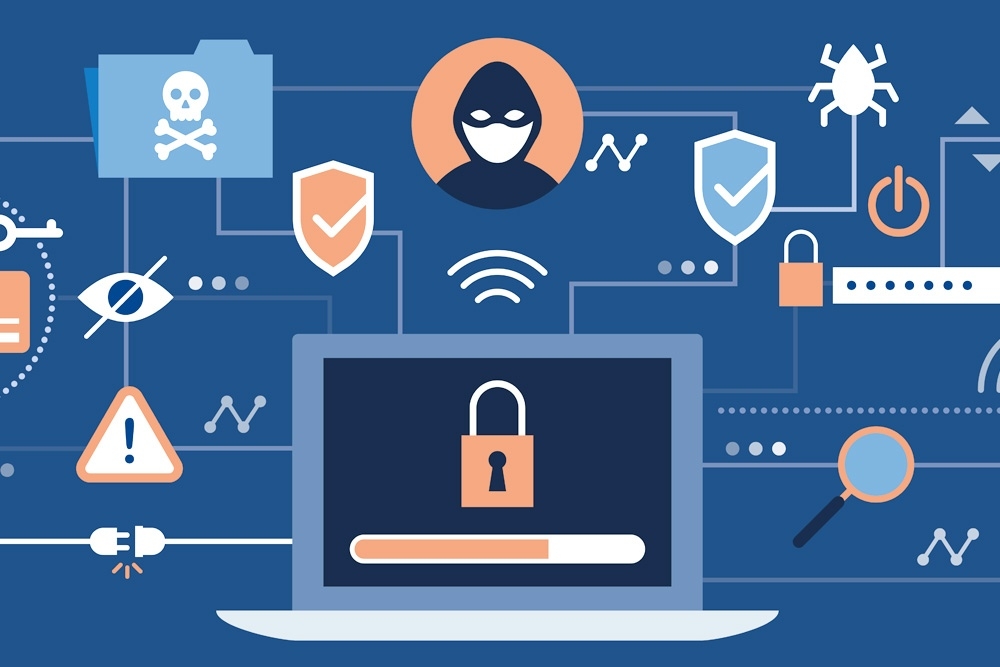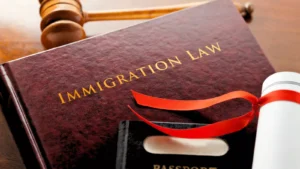
Aspiring lawyers at SMS Law College often talk about the dark web and its secrets. And for legal professionals, this shadowy realm presents a unique and increasingly pertinent challenge. ‘Dark Web’ is like a hidden underworld within the internet where anonymity is the key and networks are untraceable. People get attracted to it because it grants them all the privacy they want and allows them to express anything freely. However, it is also a hotbed for illegal activity. Thus, dark web regulation as well as dark web policing are gaining traction with the government authorities.
On the dark web, the sale of illicit substances, weapons, and even, sensitive data is quite rampant. Due to the clandestine nature of the dark web, it is increasingly becoming a problem for law enforcement agencies. It has made it much easier for criminals to operate online. Traditional investigative methods and existing cybercrime laws are proving insufficient to handle the complexities of the dark web. So, the question is how we can make use of our existing legal frameworks for effective dark web policing police, and how to adapt them to address the challenges of this field.
Before we discuss the legalities of dark web regulation, we will first need to understand the very technology that fuels the dark web – Tor. This network allows users to mask their identities and locations, making it a haven for those seeking to operate outside the reach of the law. As a result, dark web policing demands specialized knowledge and a collaborative approach that often transcends borders.
This article aims to explore the legal landscapes surrounding dark web regulation, the limitations of existing cybercrime laws, and the evolving strategies for dark web policing. Importantly, it will highlight the significant implications and opportunities this field presents for the next generation of lawyers.
The Legal Grey Area of Dark Web Regulation

The legal landscape surrounding the dark web is still at the nascent stage. The existing laws often struggle to keep pace with the evolving technologies and unique operations within this hidden online space. Let’s examine how current cybercrime laws apply to the dark web, their limitations, and the varying approaches seen across the globe.
Cybercrime Laws in India
The primary law governing cybercrime in India is the Information Technology Act (IT Act) of 2000. While the IT Act provides a framework for addressing digital offences such as hacking, phishing, and data breaches, its application to the dark web faces numerous challenges:
- Anonymity: The IT Act presumes the ability to identify the perpetrator of a cybercrime. The dark web, with its emphasis on anonymity through technologies like Tor, severely hinders this process.
- Extraterritoriality: Many dark web marketplaces and activities operate across borders, posing jurisdictional dilemmas for Indian law enforcement and courts.
- Evolving Nature of Crimes: The IT Act was drafted before the proliferation of the dark web. It doesn’t adequately address crimes specific to this space, like the sale of illegal goods and services on hidden marketplaces or the distribution of child exploitation material.
Limitations of Current Legislation
The unique nature of the dark web exposes the shortcomings of existing cybercrime laws:
- Challenges of Investigation: Traditional investigative techniques used in the real world become less effective on the dark web. Tracking users, gathering evidence, and establishing jurisdiction is significantly harder, slowing down prosecutions.
- Cryptocurrency Conundrum: The frequent use of cryptocurrencies like Bitcoin for illicit transactions on the dark web adds a layer of anonymity, making it difficult to follow the money trail.
- Lack of Specific Dark Web Regulation: India currently lacks comprehensive laws explicitly targeting the dark web. This creates uncertainty for both law enforcement and the courts when navigating this domain.
International Context
The challenge of dark web regulation is a global one. While some countries have updated their cybercrime laws or implemented specific measures for the dark web, the legal landscape remains patchy:
- United States: The US takes a proactive approach to dark web policing, having successfully shut down prominent marketplaces like Silk Road.
- European Union: The EU is working towards harmonising regulations across member states, with a focus on collaboration in dark web investigations.
- Varying Approaches: Countries often differ on balancing privacy rights against security concerns, leading to diverse approaches in tackling dark web activity.
The ever-evolving nature of the dark web demands ongoing legal adaptations and international cooperation. India must look to successful strategies employed elsewhere while crafting legislation tailored to its own legal context, ensuring the law is equipped to tackle the unique challenges of this hidden online realm.
Understanding Tor (and the Technological Challenges Law Enforcement Agencies Face Due to It)

The Tor network, short for “The Onion Router”, is central to understanding the dark web and the formidable challenges it poses for law enforcement agencies seeking to regulate it. Let’s delve into how Tor functions and the ways it hinders traditional investigations.
Tor: The Technology of Anonymity
- Encryption in Layers: Think of Tor like an onion, with layers of encryption wrapping your data. Your internet traffic is relayed through multiple volunteer-run nodes (computers) within the Tor network. Each node peels away a layer of encryption, making it increasingly difficult to trace the origin.
- Hidden Websites: Unlike regular websites with .com or .org addresses, websites on the dark web have .onion addresses, only accessible through the Tor browser. These sites aren’t indexed by search engines, rendering traditional discovery methods ineffective.
- Focus on Privacy: Tor was originally designed to protect dissidents, journalists, and anyone seeking online anonymity. While it has legitimate uses, its focus on privacy creates a haven for illicit activities.
Challenges for Law Enforcement
Tor’s architecture poses significant hurdles for dark web policing:
- Difficult to Trace Users: Since user identities and locations are masked by layers of encryption, it becomes extremely difficult to track individuals conducting illegal activities on the dark web.
- Encrypted Transactions: The use of cryptocurrencies like Bitcoin for payments on the dark web adds another layer of anonymity, making it difficult for law enforcement to follow the money and identify the individuals involved.
- Challenges in Gathering Evidence: On dark web, websites disappear quickly – making it hard to preserve evidence for prosecutions. Legal hurdles may also arise when seeking data from Tor nodes in different jurisdictions.
These technological barriers hinder traditional investigative methods. Law enforcement agencies must continuously develop new techniques and specialized tools to pierce the veil of anonymity on the dark web. It necessitates close collaboration with cybersecurity experts and potentially raises complex legal and ethical questions about surveillance in the digital age.
Continue to read the second part of the article to learn about the evolving strategies for dark web policing, opportunities and challenges for aspiring cyber crime lawyers, and how you can be a part of dark web regulation:
Do We Have Laws for Dark Web Policing? How to Make It Possible? – Part 2




